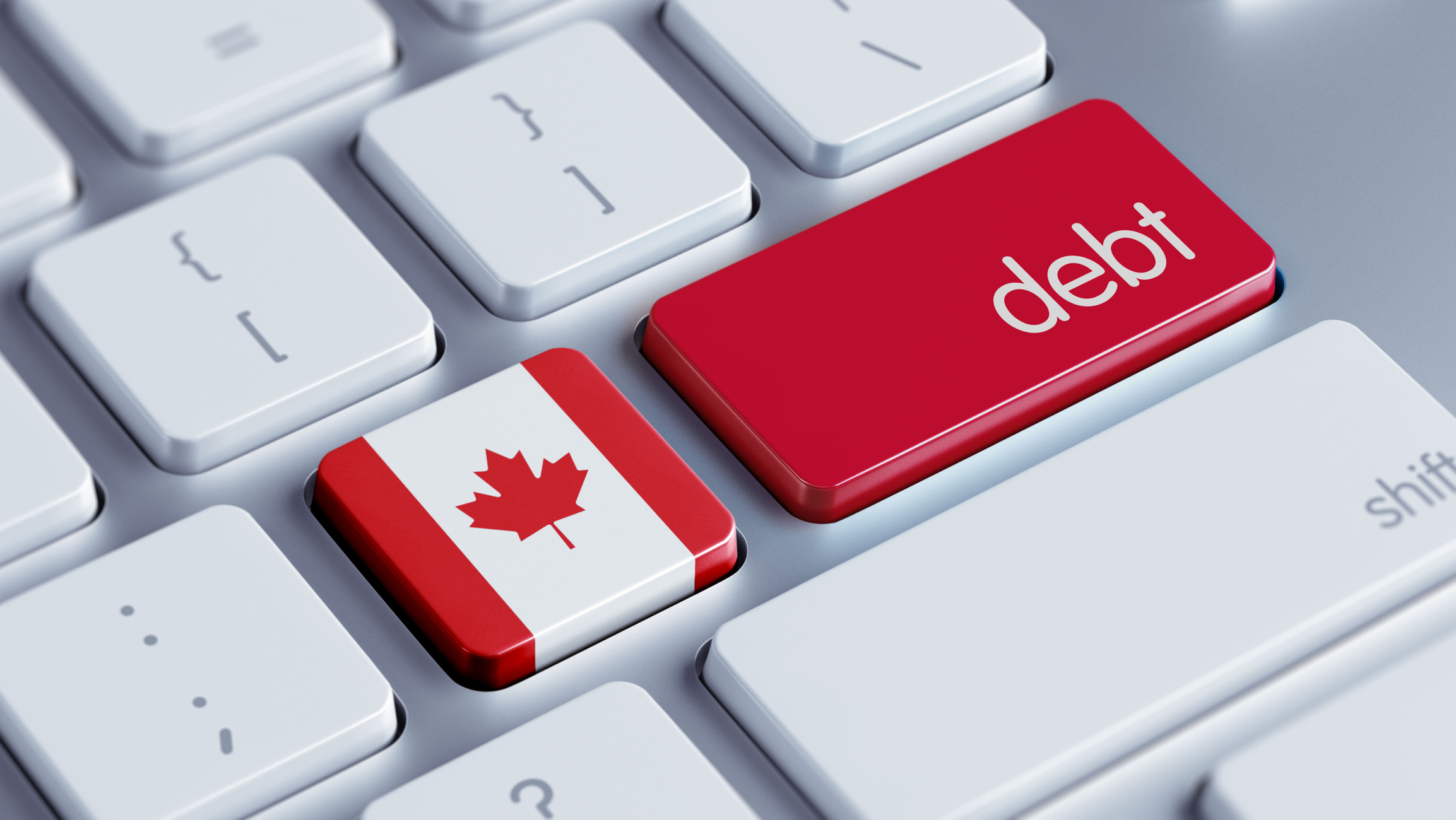Fiscal snapshot highlights deteriorating state of federal finances

On Wednesday, the Trudeau government released a “fiscal snapshot” on the state of the economy and expectations for government finances for this year (2020/21). As expected, Finance Minister Bill Morneau confirmed a significant increase in both program spending and the annual deficit compared to earlier projections in December.
The COVID-induced recession has dealt a major blow to Canada’s economy, with the federal government projecting real GDP to shrink 6.8 per cent this year—the largest contraction in the economy on record. Moreover, the national unemployment rate is anticipated to be 9.8 per cent this year.
In response, the Trudeau government has introduced a number of new spending measures in an attempt to stabilize incomes for individuals and businesses. However, costs for some programs have exceeded original expectations. For instance, the Canada Emergency Response Benefit (CERB) is now estimated to cost $80 billion compared to the initial estimate of $40.6 billion.
On aggregate, Ottawa expects 2020/21 program spending to reach $592.6 billion—an increase of 68.9 per cent from 2019/20. Put differently, per-person federal program spending (inflation-adjusted) will reach an estimated $15,596 in 2020, by far the highest level in Canadian history. For reference, that’s 76.2 per cent higher (after adjusting for inflation) than the level of per-person spending during the last recession (2009) and 104.0 per cent higher than the peak level of per-person spending during the Second World War.
Since spending is up and revenues are down, the expected result is a massive deficit of $343.2 billion this year. As a share of the economy, this deficit will be the largest (15.9 per cent of GDP) on record, nearly double the previous record of 8.1 per cent of GDP in 1984/85.
Notably, the snapshot also projects federal debt will surpass $1 trillion. And the rising deficit and decline in GDP mean that federal debt relative to the economy should increase from 31.1 per cent in 2019/20 to 49.1 per cent in 2020/21.
This sharp increase in debt is concerning because the government risks revisiting the 1960s to 1990s when Canada reached a near debt and currency crisis. The persistent large deficits of the 1970s, ‘80s and early-’90s were the result of successive governments delaying action. When pressures peaked in the mid-1990s, Canada’s debt had skyrocketed, with government debt-servicing costs reaching $49.4 billion in 1995/96, diverting more than one-third of Ottawa’s revenues to debt interest and away from other government priorities. Today’s government can help avoid this situation by acting quickly to bring deficits under control.
The Trudeau government may also soon be tempted to raise taxes to generate additional revenue. However, tax hikes would make Canada even less competitive with other countries at attracting and retaining high-skilled workers and entrepreneurs who drive the innovation, investment and job creation critical to economic recovery. And Ottawa is unlikely to gain as much new revenue as expected from tax hikes because many taxpayers respond to higher taxes (and the incentives imbedded in them) by working less, investing and saving less, and foregoing entrepreneurial opportunities—again, all things we need more of to recover.
The fiscal snapshot confirms the rapidly deteriorating state of federal finances. We must avoid harming our economy by making short-sighted decisions and instead develop a credible plan to stop debt accumulation in the near future to avoid repeating the mistakes of the past.
Author:
Subscribe to the Fraser Institute
Get the latest news from the Fraser Institute on the latest research studies, news and events.

